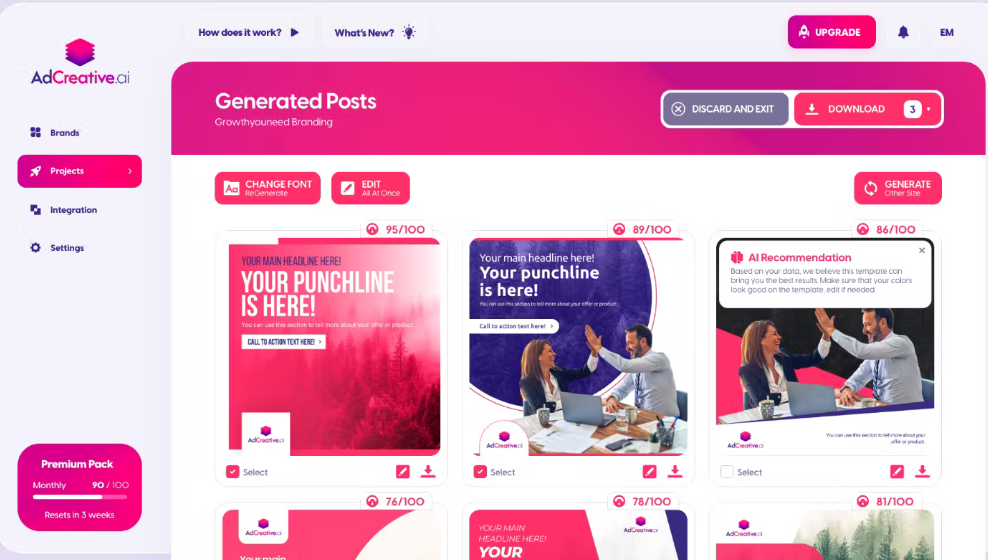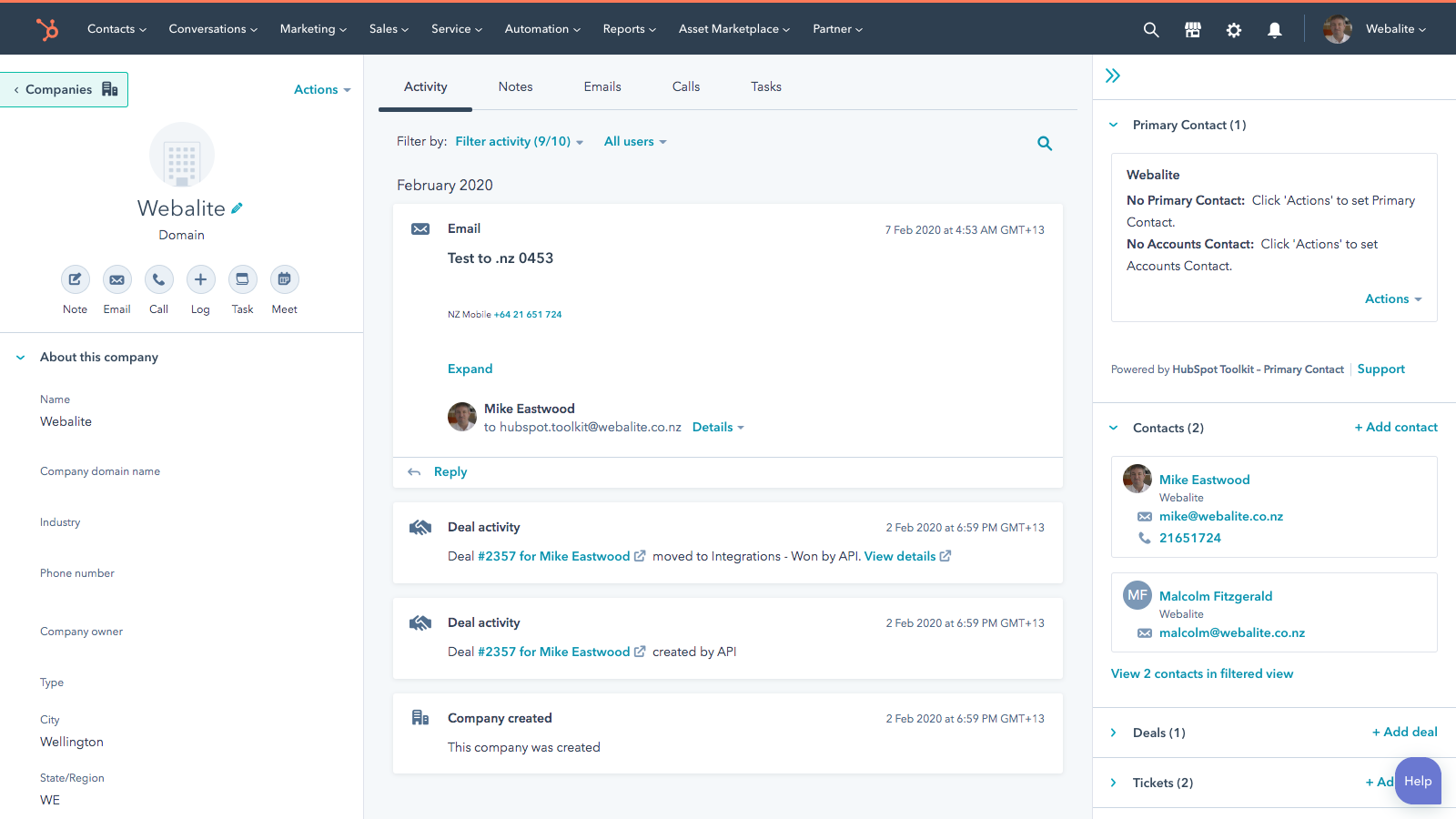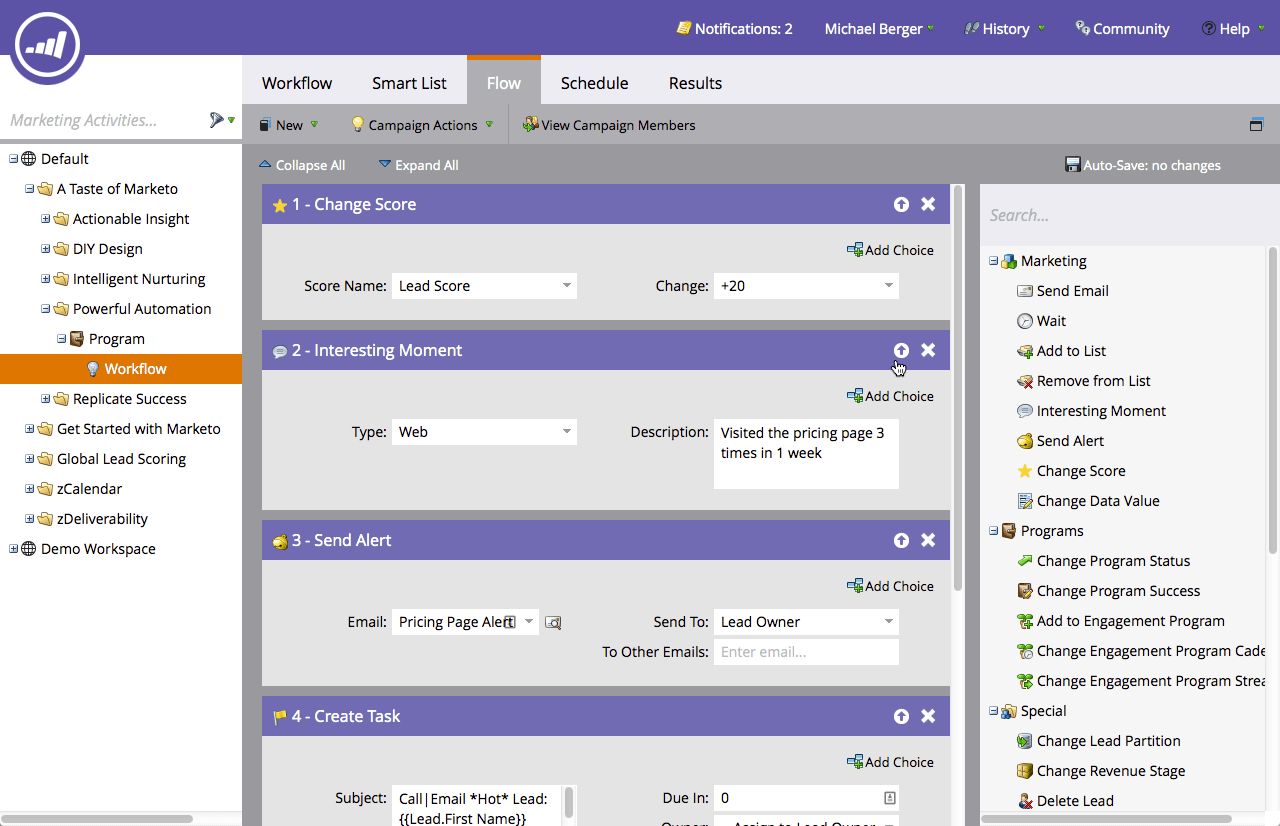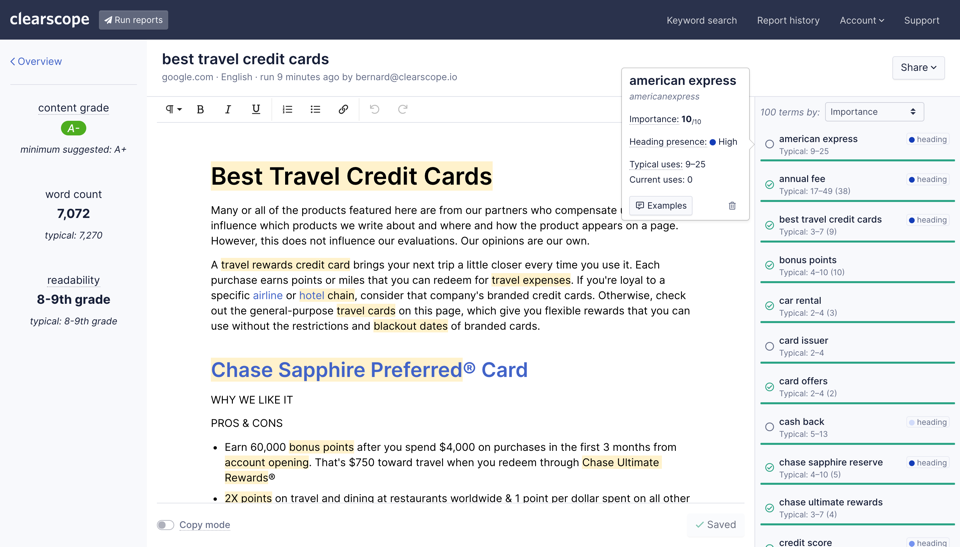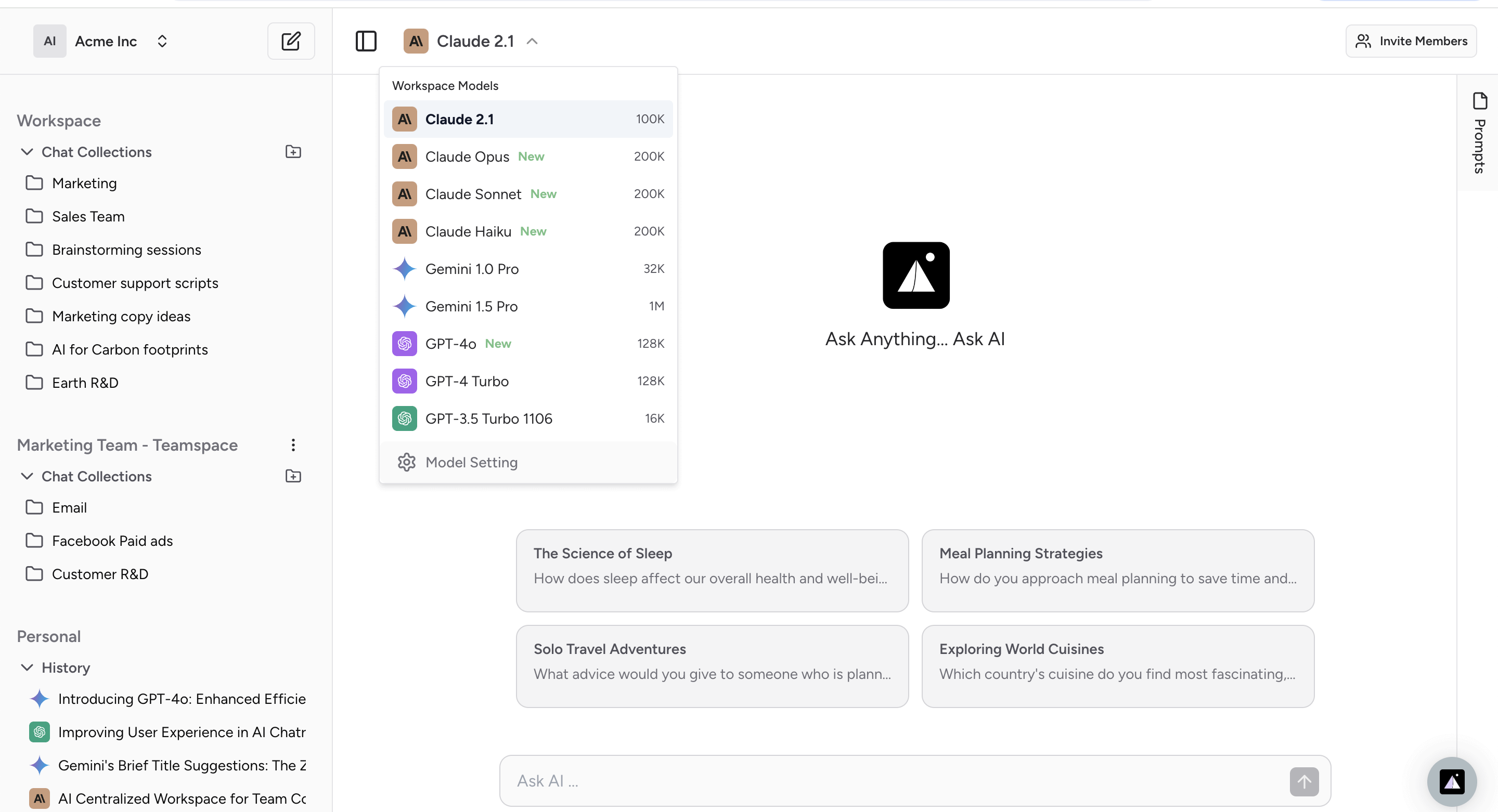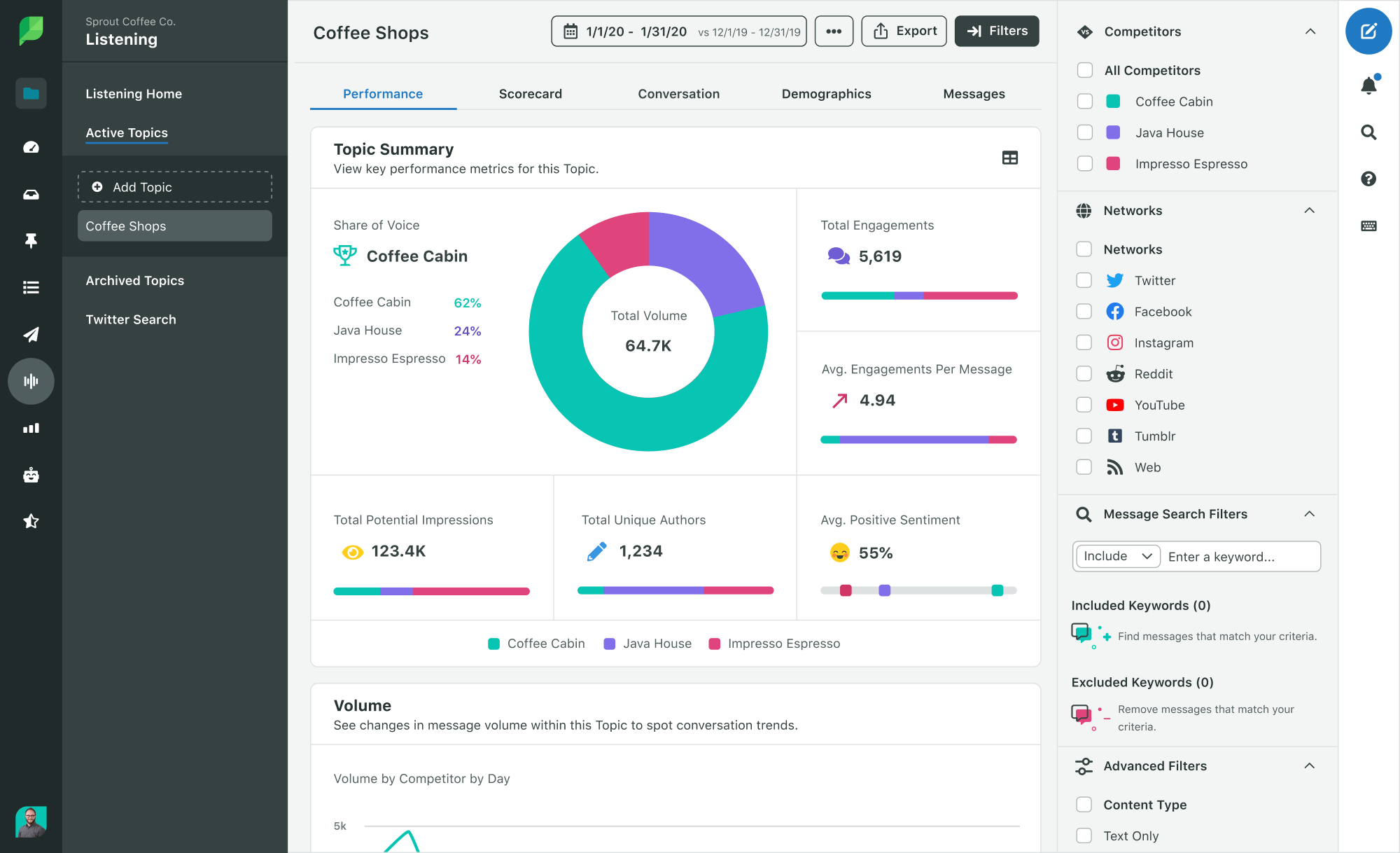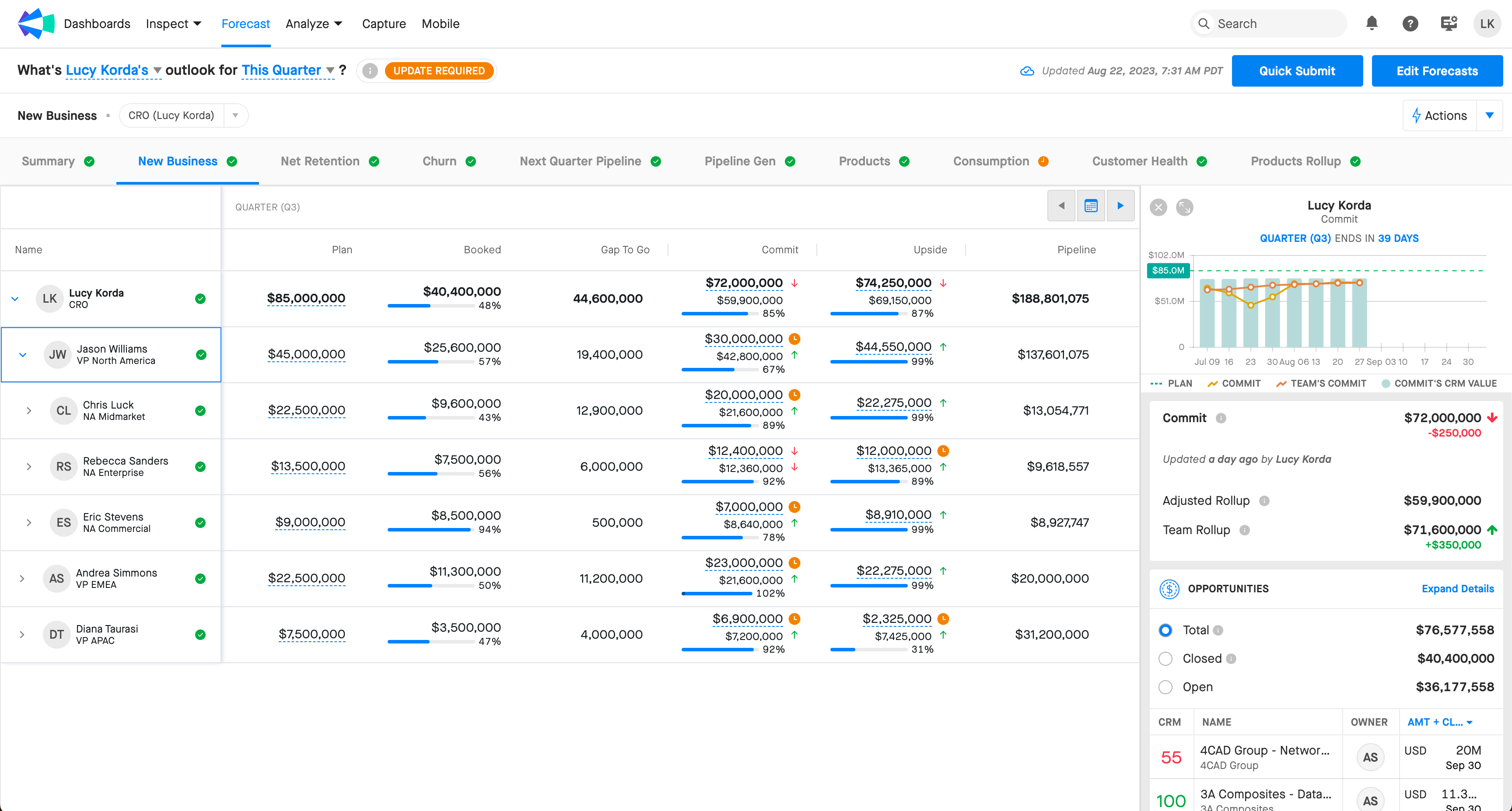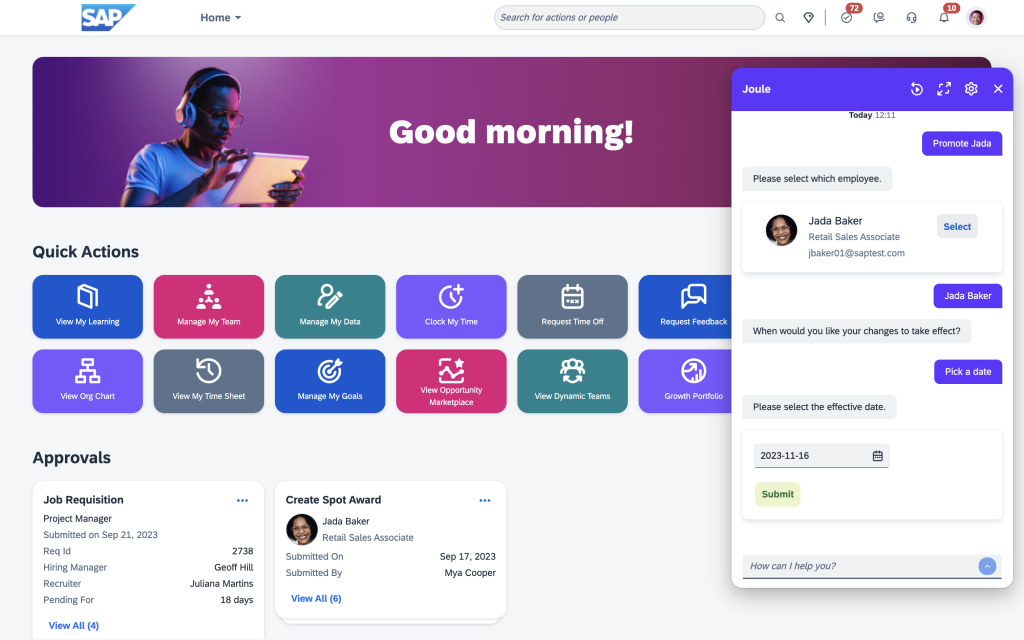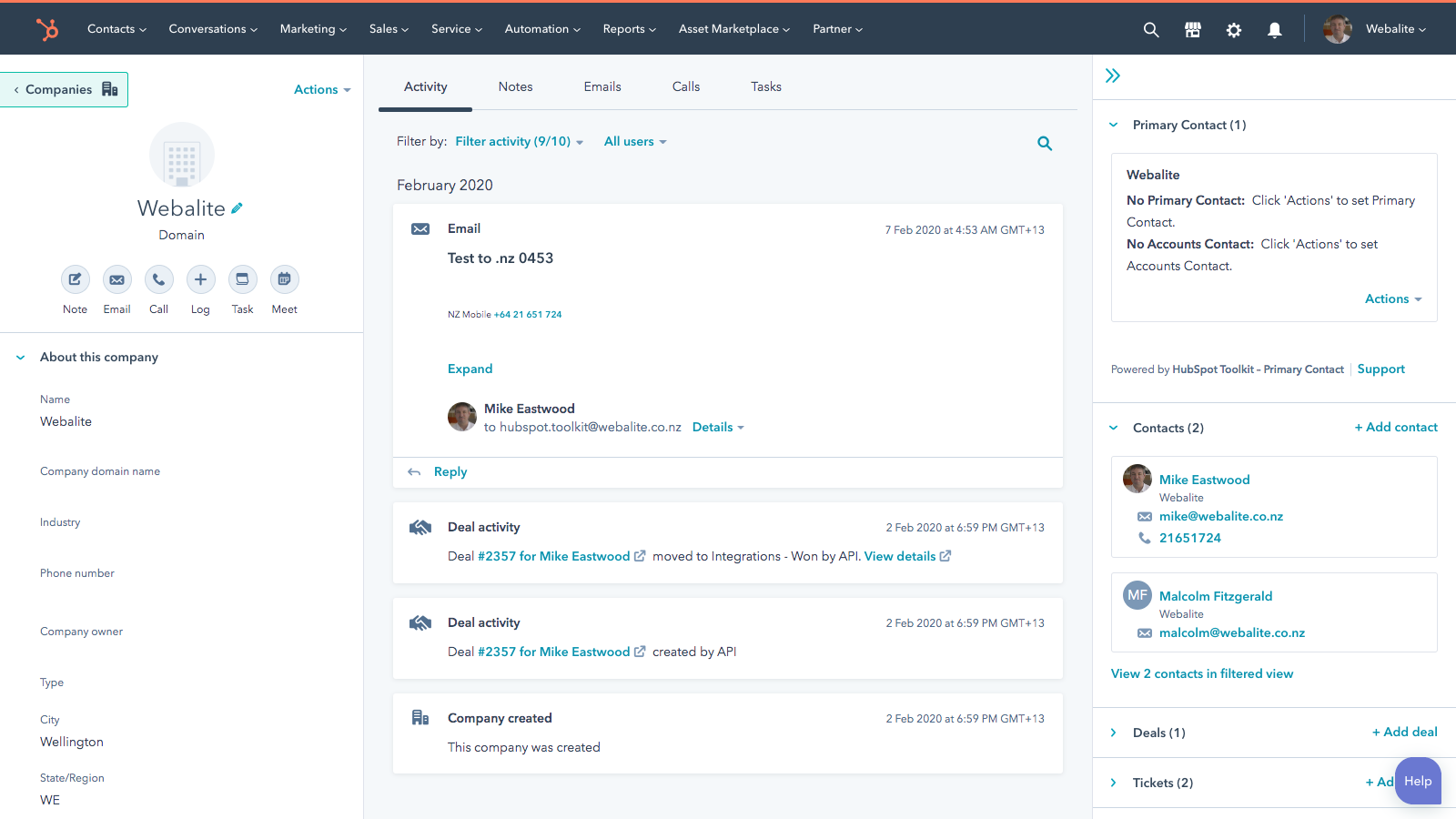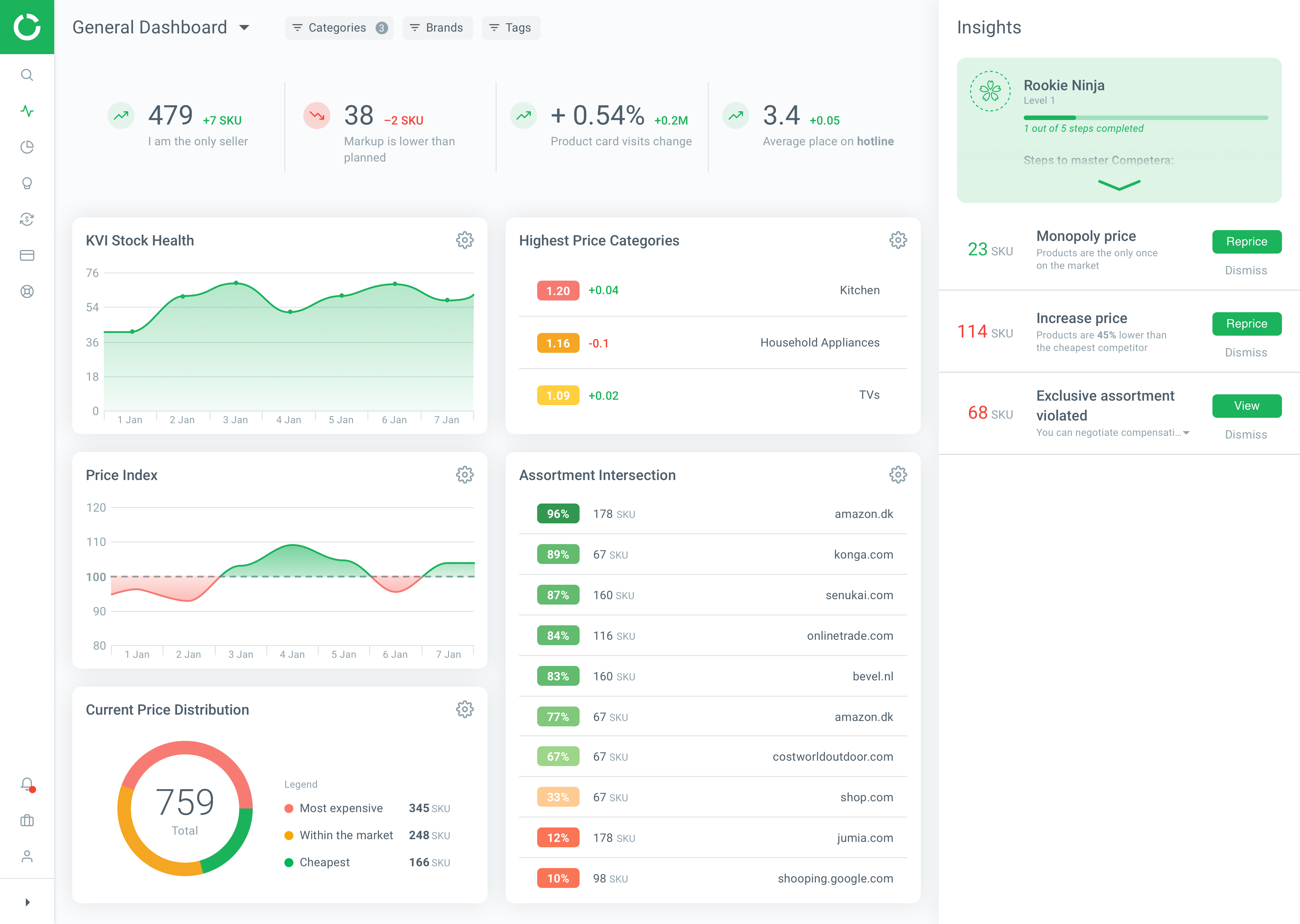

AI has already transformed the world, whether we welcome it or not. Streaming services tailor personalized recommendations based on our preferences, navigators analyze real-time traffic to suggest optimal routes, diagnostic systems assist doctors in detecting diseases early, and virtual assistants manage accounts while providing financial advice on current expenses.
AI tools not only simplify daily life but are also redefining workflows in marketing and sales departments. With AI, tasks that previously took hours or even days can now be completed in a flash. From demand forecasting to adjusting ad campaigns, competitor analysis, and optimizing conversion paths — everything is now faster, easier, and more efficient. Let’s explore how companies can leverage AI in their marketing and sales activities to save time and effort.
Limitless Marketing: AI Tools for Marketers
Marketing is all about numbers: competitor analysis, market research, audience studies, and measuring the effectiveness of marketing strategies. The amount of information is overwhelming, and analyzing it manually can be challenging. AI tools streamline this process.
Generating Ideas for Creatives and Ad Messages
AI can quickly offer new ideas for marketing messages and visuals—faster than finishing your morning coffee. While every creative idea needs to align with your strategy and positioning, AI can provide fresh insights or perspectives on a product.
For example, Coca-Cola uses AI to rapidly generate concepts for visuals and texts, which their team refines according to internal standards. The company even launched an ad campaign created with the help of AI.
Tools to try
CHATGPT
- Implementation: the solution is ready to use as soon as it is connected. If necessary, ChatGPT can be configured according to predefined rules to create, for example, customised promos for marketing campaigns or adapt texts to the ToV and target audience.
- Training: no additional training is required, all the necessary settings are already implemented.
- Demand: Automation of routine communication processes in the marketing department: text generation, responding to inquiries, creating content for marketing campaigns, responding to emails, creating posts for social media based on user-defined data.
AdCreative.ai
- Implementation: a ready-made solution that does not require complex integrations with current systems, you can start working immediately after subscribing.
- Learning: uses AI models that adapt to user data, such as keywords, target audience characteristics, or brand's ToV.
- Query: Suitable for tasks with known data types, such as specified product parameters or target audience information.
Persado
- Implementation: customised solution with adaptation. Integrates with marketing platforms and systems (CRM, email marketing, Google Ads, Instagram, etc.), collects customer and campaign data to create personalised and relevant messages for various purposes, such as increasing loyalty or attracting new customers.
- Learning: learns from business text data, including the history of previous campaigns and advertising messages, reactions to different types of content, and link clicks to customise its models and better adapt to specific marketing goals.
- Query: Handles different types of queries by learning from specific customer data. Personalises and optimises text content generation for specific marketing goals and company needs.
Automation of marketing campaigns
Routine eats up a lot of time and effort, and preparing and launching marketing campaigns involves a lot of routine processes. AI tools allow you to analyse large amounts of data and automate the process of preparing an advertising campaign. Artificial intelligence can customise ads for specific audience segments and identify the best placements much faster and more efficiently.
What solutions to try
HubSpot
- Implementation: a turnkey solution. It integrates with CRM systems, websites, and corporate pages on social networks. Requires minimal settings to launch.
- Learning: does not learn from data, works with numerical and textual data that predefined AI algorithms use to personalise and automate marketing campaigns.
- Query: suitable for standard marketing tasks: email campaigns, lead generation automation, social media management, providing personalised interaction with customers through data analysis and the application of predefined algorithms and rules.
AdRoll
- Implementation: customised solutions with adaptation. Requires additional settings for integration with advertising channels, social media, and email platforms used by the company.
- Learning: uses data on the behaviour of the company's customers to set up cross-channel advertising campaigns. It supports the personalisation of advertising messages based on user data and actions.
- Demand: suitable for automating cross-channel marketing campaigns: creating a consistent user experience across email, social media, advertising, websites, and landing pages.
Marketo Engage
- Implementation: a flexible solution for complex tasks. Requires deep integration with CRM, ERP, and other systems to support omnichannel customer interaction and content personalisation. Customisation for specific business needs may require the assistance of technical specialists.
- Learning: processes numerical, textual, and behavioural customer data. Algorithms can learn from the data to create more relevant ads.
- Query: handles complex tasks, such as multi-channel marketing campaigns integrated with sales. It can generate detailed reports and adapt campaigns in real time based on the data received.
Audience segmentation and personalisation of communication
Knowing your audience is cool, segmenting it and personalising your communication messages is also cool. And spending less time and effort on all this is twice as cool! AI allows deep audience segmentation based on behavioural data, preferences, and interaction history. As a result, customers are happy and satisfied with the attention and care, and the brand increases engagement and conversion. Win - win!
Netflix, for example, analyses many behavioural factors and creates personalised recommendations based on this data, which helps retain customers and increase the time they spend on the platform.
Tools to try
Dynamic Yield
- Implementation: a customised tool that can be adapted to the needs of the company. Requires integration with the systems used by the marketing department: website, mobile applications, CRM system, CMS, web analytics, etc.
- Learning: learns from customer behavioural data to improve personalisation and audience engagement.
- Demand: creating a unique seamless brand experience for different audience segments (website personalisation, dynamic email campaigns, AI product recommendations, etc.)
Optimizely
- Implementation: a customised solution adapted to the needs of the conspirator. Integrates with current marketing platforms, internal systems, websites, and mobile applications. Requires the involvement of a technical team to set up the system.
- Training: It is trained on text and numeric data. There are A/B tests and algorithms to optimise communication based on behavioural data.
- Request: suitable for personalising and optimising content and UX for different audience segments based on company data.
Creating relevant content - for people and search engines
AI accelerates the creation of high-quality, relevant, and optimised content for any communication channel: website, landing pages, social media, sales proposals, PR materials, etc. Marketers can collect search queries, create meta tags, write posts, generate photos, check spelling, and perform many other routine content tasks.
Even reputable American publications use AI. For example, The Washington Post uses the Heliograf algorithm to create and optimise news content. It analyses topics and selects keywords to increase the visibility of news in search engines. This is a kind of hybrid content management system that involves both artificial intelligence and humans.
Tools to try
- Implementation: a ready-made solution that does not require complex settings or integration with internal systems. The tool can be used independently or integrated with text editors.
- Learning: does not learn from the customer's data, analyses content relevance based on search queries and keyword optimisation.
- Query: analyses the relevance of content to SEO requirements.
Frase
- Implementation: a customised solution for creating content based on competitor analysis and audience requests. Requires additional customisation to suit the specifics of the business, integrates with text editors, marketing platforms, and SEO tools.
- Learning: does not learn from company data, but uses large amounts of data on competitors and search trends to adapt content.
- Query: Creates relevant, optimised content tailored to the needs of the audience, taking into account current search queries and trends.
Claude
- Implementation: A flexible solution for complex tasks. Requires API integration with other platforms, especially if a company wants to use Claude to create content based on internal data or for specific requirements. Can be used as a standalone tool or in combination with other marketing platforms.
- Learning: It does not learn from company data, but adapts its answers according to the context and details of the entered text queries. It uses general models for natural language processing, analysis, and text generation.
- Query: Suitable for tasks that require adapting content for different channels, taking into account the tone and style specified by the user.
Analysis of customer satisfaction and loyalty
To understand your customers, you need to know their moods, and you need to be clear about when things have gone wrong. If the mood changes, the brand needs to adapt its communication messages to prevent customer churn. Satisfaction and loyalty research is another task that can be delegated to AI solutions. They will analyse large amounts of data from various channels, identify behavioural patterns, and measure the mood and attitude of the audience towards the brand.
Tools to try
Medallia
- Implementation: a ready-to-use solution that requires minimal configuration.
- Training: not trained on customer company data.
- Demand: tracking the overall level of satisfaction, obtaining quick insights and automatically generating reports on communication and interaction with customers.
Sprout Social
- Впровадження: кастомізоване рішення з можливістю адаптації під індивідуальні потреби.
- Навчання: не навчається на даних компанії, використовує попередньо задані алгоритми аналізу текстових і числових даних (настроїв і метрик соціальних мереж).
- Запит: моніторинг соціальних мереж, аналіз настроїв клієнтів у реальному часі, виявлення трендів і відстеження репутації бренду.
Sprout Social
- Implementation: customised solution that can be adapted to individual needs.
- Training: does not learn from company data, uses predefined algorithms for analysing text and numeric data (sentiment and social media metrics).
- Demand: monitoring social media, analysing customer sentiment in real time, identifying trends and tracking brand reputation.
Lexalytics
- Implementation: flexible solution for complex tasks that require integration with databases, social networks, CRM, etc.
- Training: does not learn from customer data. Analyses textual information (reviews, social media, customer surveys). Uses NLP to automatically export key insights.
- Query: in-depth analysis of sentiment, detection of patterns in customer reviews, creation of detailed reports on customer sentiment and loyalty.
How to sell more and faster: AI for sales managers
Gartner predicts that by 2028, about 60% of deals will be concluded using artificial intelligence technologies. This is changing the approach to the sales function itself, building a funnel and automating sales operations.
Predicting sales levels and peak periods
AI can analyse historical sales data, customer behaviour, and preferences to predict future transactions. Imagine receiving regular tips on which customers are a priority, when to expect peak periods, and how to better allocate efforts to retain existing customers and attract new ones. In this environment, sales managers can be guided not by intuition or previous experience, but by relevant data based on numbers and trends.
Global e-commerce giant Amazon is actively using artificial intelligence algorithms to predict sales in order to optimise inventory and reduce logistics costs.
Tools to try
Clari
- Implementation: a ready-to-use solution with minimal setup that allows you to quickly launch the forecasting process.
- Training: not trained on customer data. It uses numerical data from CRM according to pre-configured algorithms.
- Request: sales funnel analysis, risk assessment, report generation.
InsideSales
- Implementation: a customised tool that can be adapted to the needs of the customer. Requires integration with CRM systems to collect and analyse sales data.
- Training: learns from company data (information about leads and sales, behavioural patterns, KPIs, and other metrics) to create personalised forecasts and identify promising deals.
- Query: forecasting sales, identifying hot clients, analysing peak periods for the sales team.
SAP Joule
- Implementation: A flexible tool for complex tasks that requires careful configuration and integration with other modules. Suitable for large companies with complex processes.
- Training: trains on the company's numerical data (historical sales data, market situation, etc.).
- Demand: a wide range of tasks, including trend-based sales forecasting, optimisation of supply processes for peak periods, cross-selling and upselling.
Lead management
Today, AI-powered CRM systems not only automate lead classification, but also analyse the interaction of potential customers with the brand to determine which leads are most interested in products or services and are more likely to make a purchase. This allows sales managers to optimise their routine (classifying leads, guiding them through the sales funnel) and focus on the applications that have the highest chance of converting into a successful transaction.
Tools to try
Microsoft Copilot
- Implementation: a ready-made solution with minimal configuration that integrates into the Microsoft 365 ecosystem.
- Training: not trained on company data, uses general data from CRM and Microsoft documents.
- Demand: improved lead management, automatic reporting, creation of proposals to improve communication with leads.
LeadSquared
- Implementation: customised with adaptation to the company's business processes. Integration with CRM and other systems is required.
- Training: does not learn from company data, works according to pre-configured algorithms using collected numerical metrics.
- Demand: tracking leads, controlling the sales funnel, prioritising and distributing leads to managers.
Salesforce Einstein
- Implementation: a flexible tool for complex tasks. Requires additional settings and synchronisation with the Salesforce ecosystem and workflows.
- Training: learns from historical text and numeric data (history of interaction with leads, conversions, etc.).
- Request: automation of lead management, classification and prioritisation of leads, recommendations for further actions for sales managers.
Customer support
AI in sales can be used to automate customer support. Today, everyone has heard of chatbots and virtual assistants. Thanks to them, the team can focus on more strategic tasks by ‘delegating’ the processing of standard requests to artificial intelligence.
One example is Sephora, which uses an AI chatbot that recommends cosmetics to customers based on personal preferences. The bot can also schedule a visit to the nearest store, inform about discounts on favourite products, and provide useful beauty tips.
Tools to try
Ada
- Implementation: a ready-to-use solution with minimal configuration. Integrates with CRM systems and support platforms (Zendesk, Salesforce).
- Training: does not learn from company data, works according to pre-configured scenarios.
- Request: automation of answers to frequently asked questions, distribution of requests between managers, and basic support.
Chat GPT
- Implementation: customised solution with adaptation to the company's needs. Requires configuration with current support systems.
- Training: it is possible to set up the basic Chat GPT model on company data and then integrate the configured model into chatbots, support systems, or voice assistants.
- Query: answering common customer questions, generating support texts, personalised responses, and handling non-standard requests.
Cognigy
- Implementation: a flexible solution for complex tasks that supports integration with various communication channels, personalised responses and complex scenarios. Suitable for various business niches: financial sector, e-commerce, healthcare, etc.
- Training: learns from company data. Uses machine learning and NLP to create chatbots and voice assistants that can recognise customer queries and provide accurate answers.
- Inquiry: Handles a variety of customer requests, including complex inquiries about products and services, order statuses, information and technical questions, etc.
Track the effectiveness of the sales team
Tracking KPIs, reporting, analysing the productivity of each manager, and the overall efficiency of the department - all of this can be automated with AI. These tools will find problem areas and areas for improvement, as well as help to improve daily workflows.
Tools to try
People.ai
- Implementation: a customised tool that integrates with CRM systems, such as Salesforce and Microsoft Dynamics, and adapts to the specifics of the company.
- Training: learns from numerical (KPIs, deal history, activity) and textual data (correspondence, emails, notes in CRM) to assess team performance and provide recommendations for improvements.
- Query: analyses the effectiveness of the sales team, identifies gaps in business processes, and tracks KPIs.
HubSpot Sales
- Implementation: customised solution. Usually does not require complex settings, but some companies may need to adapt it to specific business processes. Integrates with CRM, ERP, marketing tools, email services, etc.
- Learning: does not learn from company data, uses internal data on sales, interactions, and efficiency to automate routines.
- Query: tracking team performance, visualising data on leads, deals, and efficiency, automating various stages of sales.
SAP Joule
- Implementation: a flexible tool for complex tasks that requires integration with SAP systems and customisation for specific business processes.
- Training: learns from numerical data (sales history, employee productivity, plan implementation), makes forecasts based on trends.
- Query: KPI tracking, analysis of team and employee productivity, analytics for strategic decision-making.
Optimisation of pricing policy
Have market conditions changed? A brand needs to react to this instantly. When competitors launch promotions or market demand for a product increases, it is important for a brand to quickly adapt its pricing policy. Dynamically tracking competitors' prices and adjusting your own prices in real time based on artificial intelligence allows you to stay competitive and maximise profits.
Walmart, for example, uses AI to monitor competitors' prices and optimise its own pricing strategies. The company monitors data on demand fluctuations, seasonality, and promotions to determine the optimal prices for different products.
Tools to try
Prisync
- Implementation: out-of-the-box solution with minimal setup that integrates with popular e-commerce platforms such as Shopify, Magento, and WooCommerce.
- Learning: does not learn from company data, but uses external market data to monitor and adapt the pricing strategy.
- Demand: automated real-time tracking of competitors' prices, optimisation of pricing strategies depending on market changes.
Pricefx
- Implementation: a customised platform with many settings for business needs. Requires integration with ERP or CRM. Suitable for large companies with complex business processes.
- Learning: learns from company data to create dynamic pricing models, forecast demand, and optimise prices.
- Query: optimise pricing based on data about demand, market, competition, etc.
Competera
- Implementation: a comprehensive solution for price optimisation in retail based on large amounts of data. Requires integration with e-commerce and ERP systems, as well as customisation to the specifics of the business (niche, processes, demand, competitors).
- Learning: learns from company data and uses external market data to optimise pricing strategies.
- Demand: optimisation of pricing policy, dynamic pricing, analysis and forecasting of prices based on market factors in real time.
Conclusion
AI is not a magic wand that instantly solves all business challenges. However, it’s a powerful tool for automation, analytics, and informed decision-making. It helps businesses better understand customers, analyze behavior effortlessly, and streamline routine tasks in marketing and sales, giving teams more time and energy for truly strategic initiatives.

